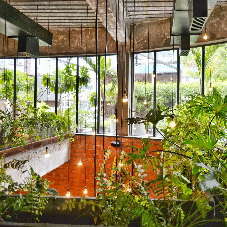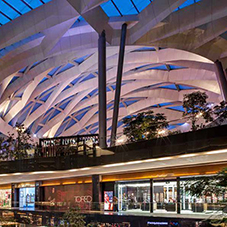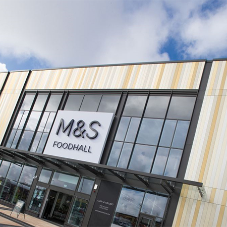So you’ve done it. Your architectural practice called out for BIM, so off you went to invest in the software and the man-hours it took to train everyone. You ordered new, higher-spec computers for everyone. You bought into BIM. Now you expect the magic to happen.
But the magic won’t happen unless you make it happen. Simply installing the software and boasting you’re BIM ready just won’t cut it. It’s important to remember that BIM is a methodology rather than a computer program, and once you’ve embraced this mantra it’s even more important to remember that BIM is all about collaboration. To bring together the information and fully engage in BIM, effective and coordinated collaboration throughout the whole specification chain is essential.
A great example of the importance of effective data provision and management processes was underlined by the experience of the £7.2 billion London 2012 Olympics program. A common CAD collaboration platform was deployed to provide significant benefits in management and sharing of design and other project data, as well as reduce project coordination and information access issues.
However, limited enforcement of standards and processes for data sharing and usability challenges meant that in practice, first-tier suppliers (designers and constructors that have a direct contract with the ultimate client) and their supply chain each used their own systems within the Olympics projects. As a result, the client and program management organization needed to source data from multiple platforms, which is almost defeating the object.
BIM is a powerful tool and it is built for collaborative work. If the contractors at the Olympics had established a detailed plan of data requirements and standards at the outset and focused on the value of fully coordinated 3D data that can be effectively provided from a BIM platform, their work would have been a lot more efficient and less time-consuming. Integration of the BIM environments would have helped the designers to better achieve spatial coordination and eliminated time spent converting data between platforms.
It’s not enough to buy into BIM by purchasing and getting your staff trained on a specific software. BIM is not a technology. It is a process which applies to all aspects of the construction of a building, starting from your designs down to estimating, the supply chain, the delivery of goods during the build, the build process, the resource allocation, the productivity requirements to meet targets, even on in to the post-handover phase through Facilities and Asset Management. When all these aspects collaborate and work together… that’s when the magic happens.
Related Blog Articles












